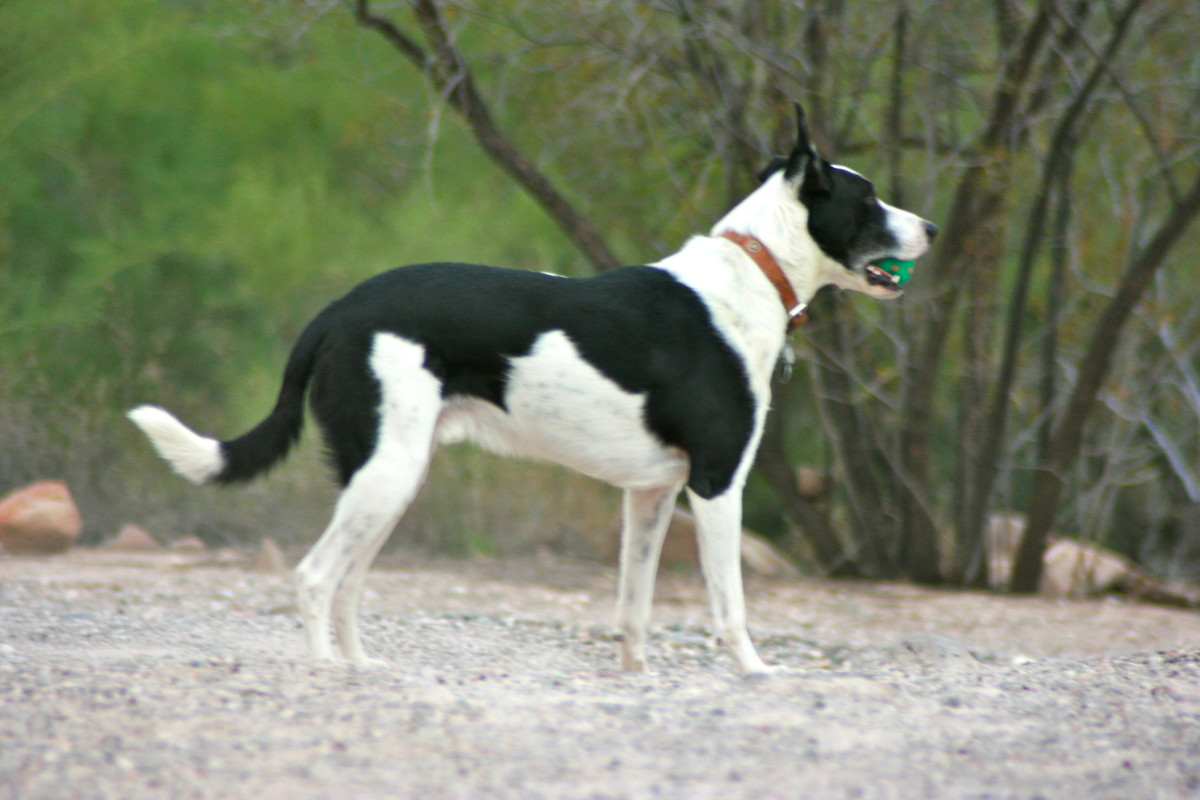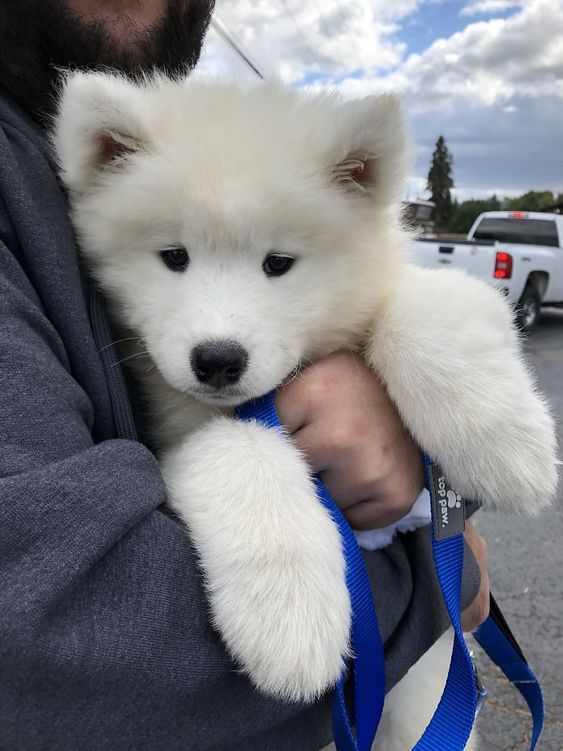Introduction
The McNab dog is a breed that has long been overlooked in the world of canines. Named after Scottish immigrant Alexander McNab who brought the original dogs to Northern California in the late 1800s, the McNab has a rich history as an all-purpose farm and herding dog. Though not officially recognized by major kennel clubs, the McNab’s intelligence, athleticism, and work ethic have earned it a loyal following among ranchers, herders, and outdoor enthusiasts. This article delves into the origins, attributes, and enduring spirit of the McNab dog – an American original that deserves greater recognition.
History and Origins
The precise origins of the McNab dog are uncertain, but most sources agree the breed traces back to the Scottish Highlands. McNab imported his own working dogs from Scotland and bred them with similar herding dogs already present in California. The result was a tough, energetic breed perfectly suited to ranch life in the American West. Early McNabs herded cattle and sheep, hunted game, and protected homesteads. Their intelligence and trainability made them ideal all-purpose dogs for farmers and frontiersmen.
The McNab likely has ancestry from Scottish breeds like Collies, Border Collies, and Scotch Collies. Some experts also believe Spanish dogs or Australian Kelpies were bred into McNabs during their development in California. While not designated as a distinct breed until the mid-1900s, the McNab type has existed since the 19th century. Their numbers remained small, however, as McNabs were working dogs bred solely for their skills rather than conformance to a breed standard.

Athleticism and Working Ability
Despite their obscure origins, McNabs have made a name for themselves through their exceptional abilities as working dogs. They possess keen intelligence and a strong work ethic. With their boundless energy and stamina, McNabs excel at herding livestock over long hours and rugged terrain. Their athleticism and agility allow them to quickly change direction to contain straying animals. McNabs use an upright, loose-eyed herding style, staying back from the stock versus nipping at heels.
Beyond herding, McNabs have traditionally been used for hunting and protection. Their hardy constitutions allow them to traverse difficult brush and water in pursuit of game. McNabs will enthusiastically flush and retrieve birds or tree quarry like raccoons. With their alert natures and loud barking, they also make excellent property guardians. Today, many McNabs compete in dog sports like agility, flyball, and disc dog competitions.
Temperament and Care
McNabs have an intense desire to work which shapes their temperament. They are extremely energetic and require regular mental and physical exercise. Without proper outlets, their high drive can lead to destructive or hyperactive behavior. McNabs form close bonds with their owners and aim to please when given a job to do. They are loyal and protective of their families.
Early socialization and training is essential with this bright but strong-willed breed. McNabs respond very well to positive reinforcement training and consistent leadership. They can be wary of strangers, so exposure to varied people and environments helps them differentiate friend from foe. Though intensely focused on the job, McNabs are affectionate and benefit from regular interaction with their owners.
The McNab’s weather-resistant double coat requires weekly brushing but minimal bathing. Their exercise needs range from long daily walks to rigorous hiking/running several times a week. This robust breed remains lively into old age. McNabs are generally healthy, living 12-15 years, though hip dysplasia can sometimes occur. Their moderate appetites make feeding easy. Overall the McNab is a hardy, athletic dog that thrives when given purpose.
Preservation of the Breed
Never especially numerous, McNabs came close to dying out by the 1950s as demand for herding dogs declined. A few dedicated breeders kept the McNab alive, treasuring their versatile ranch dogs. In the late 1980s, two Northern California women launched an effort to register and promote the McNab as a distinct breed. Outcrossing to similar working dogs helped expand genetic diversity during this critical period.
The McNab remains scarce outside the American West, with an estimated population below 5000 worldwide. The breed is recognized by minor registries but not the American Kennel Club. Continued outcrossing makes bloodlines somewhat diverse despite the small gene pool. Regional McNab rescues help place dogs in need of homes.
Though still unknown to most dog lovers, the McNab enjoys growing appreciation among herding enthusiasts drawn to the breed’s work ethic. The Mendocino County Sheriff’s Office in California uses McNabs for backcountry search and rescue. Loyal owners are helping ensure the survival of Alexander McNab’s gritty herding dogs.
Conclusion
The McNab dog represents a living piece of America’s frontier past. Descended from the practical working dogs of Scottish immigrants, McNabs overcame obscurity through their versatility, athleticism, and intelligence. Their enduring legacy as an all-purpose farm and stock dog is a testament to Alexander McNab’s breeding vision. This energetic, robust breed has more than earned its place alongside other respected herding dogs. With devoted breeders and owners championing their talents, the McNab’s future seems assured – as does the preservation of a unique American breed.



